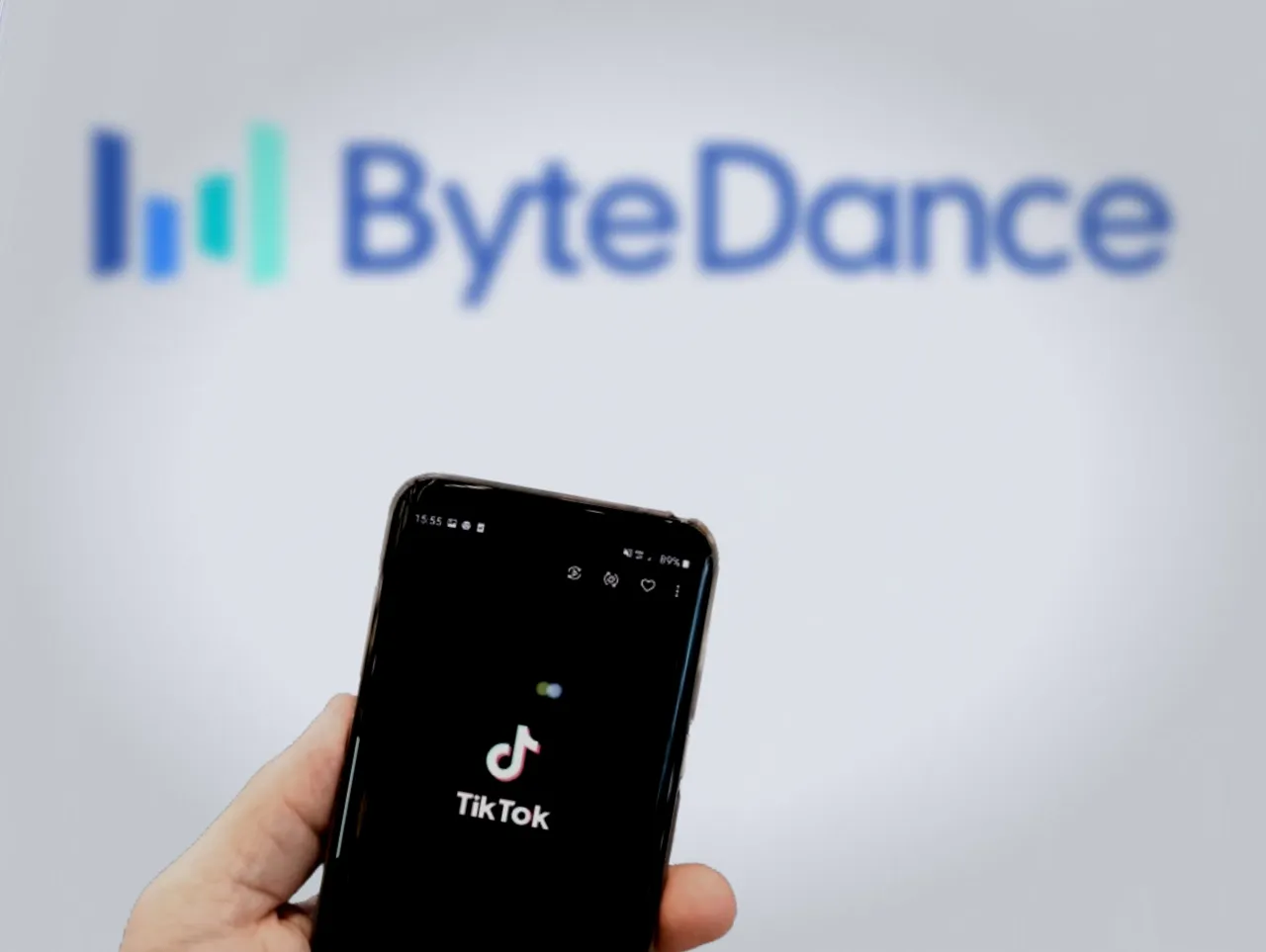Imagine this: You’re stuck in traffic after a crash, but before you can even dial your office to report your delay, teams from the Texas Department of Transportation (TxDOT) are already on-site, working to clear up the incident and get everyone moving again. Or maybe you’re a state agency worker, marveling at how much your time has been freed up ever since management started using a newfangled technology to process invoices. You can thank the power of Artificial Intelligence (AI) for both.
The blooming role of the AI Advisory Council
The AI landscape within the Texas government is transforming, and it’s evident that the ability to harness the potential of this technology is not a question of ‘if’ but ‘when.’ Spearheading this AI revolution is the newly-formed Artificial Intelligence Advisory Council. In essence, this committee is diving headfirst into the uncharted waters of integrating AI within the legislature, examining current uses of AI, and metaphorically paving the way for a more technologically advanced state governance scenario.
With appointments freshly announced by the likes of Governor Greg Abbott, Lt. Governor Dan Patrick, and House Speaker Dade Phelan, the council has hit the ground running in probing areas ripe for potential legislation. Among the committee co-chairs are State Sen. Tan Parker and State Rep. Giovanni Capriglione, who, during a recent panel discussion at the Texas Public Policy Foundation’s Policy Summit, dived into emerging discussions being held within council circles.
“They’re probably no less than seven to eight, at least — maybe 10, or more — bill ideas that came out of the conversation this morning already,” Parker said.
His colleague Capriglione added that among the ideas they are currently mulling over is the use of AI in automating invoice processing to not just expedite the process, but also largely eliminate any error margin.
As you can see, Texas is pushing the boundaries of what’s possible with artificial intelligence. But what does this leap into the future of policy-making look like in practical terms? Let’s dive a little deeper.
The Texas Department of Transportation (TxDot), one of the early adopters, is deploying AI in innovative ways. From spotting accidents before they cause gridlock, to processing invoices at lightning speed, AI is reshaping the department’s operations. Think about it: instead of waiting a fortnight for an invoice to be processed, it’s done in just over a dozen seconds! That’s not just impressive, it’s transformational.
AI advances in Texas
But the impact of this AI revolution isn’t confined to logistics and invoices. Take Larry, the hardworking chatbot. Larry doesn’t require rest, a lunch break, or even employee benefits. Working around the clock, Larry is there to answer queries and provide assistance, streamlining operations and freeing up human workers for more complex tasks. And he’s not alone – chatbots like Larry are becoming a common sight across state agencies.
These AI advances are enhancing the efficiency of Texas state agencies, but there’s a flip side too. Samantha Shorey, an assistant professor at the University of Texas at Austin, who has devoted much of her time to the study of AI’s social implications, cautions us. She fears that without careful oversight, AI could exacerbate social inequality. It’s a sobering thought and a reminder of why the AI Advisory Council’s work is so crucial.
There’s no doubt that cybersecurity is becoming a priority as Texas ventures further into AI usage. Keeping data secure while leveraging AI’s potential will require a careful balance. That’s why agencies like the Department of Information Resources are taking proactive steps to minimize potential threats and manage risks.
As you anticipate the release of the AI Advisory Council’s final report later this year, keep an eye on the developments. Whether it’s the automation of mundane tasks or new strides in cybersecurity, Texas is certainly a place where the future of AI policy-making is taking shape. The stakes are high, but as state Rep. Giovanni Capriglione said, it’s all about “how we are using AI to best provide that.”





